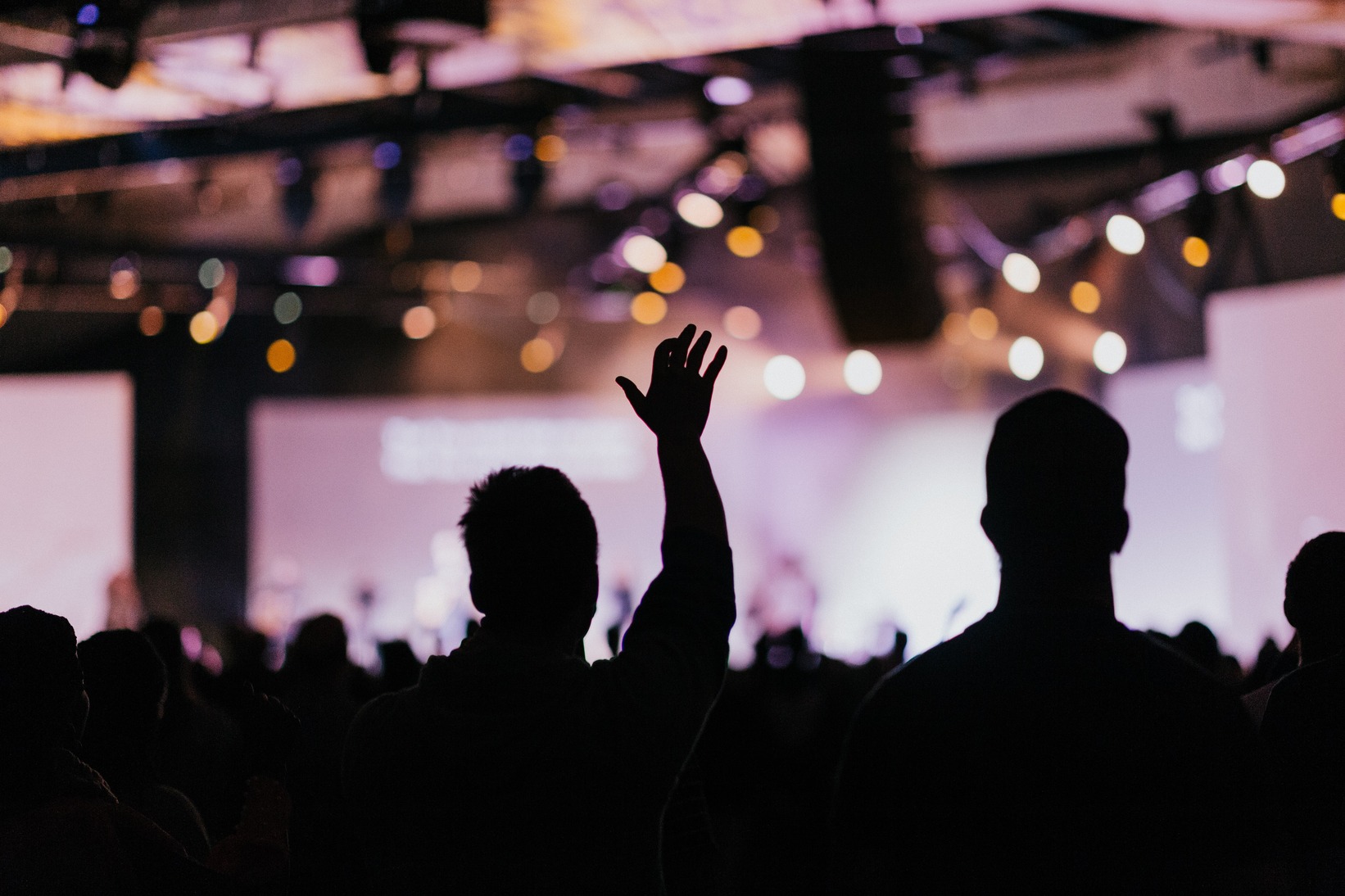5 Types of Events That Can Be Held At Convention Halls

A convention hall is a structure or collection of structures created, typically, to host conferences, rallies, or seminars. It could also be modified for certain occasions, including performances by well-known musicians or speakers. In other instances, gatherings or other events are held in venues that are large enough to accommodate participants but are not built with conventions in mind.
The center may be connected to housing if conferences span several days or feature a number of seminars so that attendees do not have to budget for additional transport costs. Convention attendees may have to pay a fee that includes hotel costs.
Conferences and shows are held in convention centers. The big room known as the exhibition hall is used to display artwork such as sculptures, portraits, and other interesting items that draw attention from onlookers.
Along with economic growth and urban development, the convention and exhibition industry has expanded. With lighting fixtures to give a range of illumination intensities, the convention center and exhibition hall raised the bar for high-performance space frame buildings. This makes convention halls a good venue for various types of events.
Here are more examples of events that can be held at convention halls:
Press Conferences
One of the most well-known sorts of “conferences” outside of business is probably press conferences. They are used to disseminate crucial information and are frequently led by a politician, celebrity, sportsperson, official from the police, or other well-known people.
The majority of the people in attendance during press conferences are journalists and PR specialists, whose job it is to broadcast and spread the information provided. A press conference typically starts with a speech by the main speaker (or speakers) before questions are taken.
Trade Conferences
Business organizations plan product launches as occasions to raise interest in and knowledge of a new product. A product launch’s main objective is to disseminate information about it and gain as much exposure to the appropriate audiences as possible. These events are typically attended by a sizable crowd of significant people from the associated business.
These gatherings typically include product presentations, lectures, Q&A sessions, and entertainment. To further the event’s main objective, press kits and product samples are also distributed.
Academic Conferences
Academics and researchers can present and discuss their most recent findings at conferences while learning about fresh, intriguing advances in their respective fields. Consequently, practically everyone who attends an event of this nature also gives a presentation. Because of this, the average medium-to-large academic conference features a program that is jam-packed with brief talks on a wide range of subjects. These are frequently organized into parallel “streams” with concurrent sessions.
The typical presentations at an academic conference fall into the following categories, despite the fact that an increasing number of conferences in the academic world are experimenting with cutting-edge modes of presentation and interaction.
Group Conventions
Annual occasions such as conventions are frequently held on a huge scale. A convention’s main goal is to gather individuals together who share a shared interest in one subject to engage in discussions, entertainment, and other activities. Conventions aren’t necessarily geared toward business.
In reality, a number of fan and enthusiast conferences centered upon entertainment have gained popularity in recent years. These include gatherings for fans of comic books, automobiles, technology, movies, and science fiction.
Conventions normally last one or more days and are accessible to anybody who wants to attend.
Brand and Product Launches
Business organizations plan product launches as occasions to raise interest in and knowledge of a new product. A product launch’s main objective is to disseminate information about it and gain as much exposure to the appropriate audiences as possible. These events are typically attended by a sizable crowd of significant people from the associated business.
These gatherings typically include product presentations, lectures, Q&A sessions, and entertainment. To further the event’s main objective, press kits and product samples are also distributed.
Key Takeaway
A typical convention will have a check-in, meet-and-greet, booths and vendor display area, speeches, a keynote speaker, social events, and guest panels with question-and-answer sessions (or, in the case of a political meeting, a section for each of the political districts or states).
Delegation is essential for a convention manager or organizer because each sector of the convention has its own manager and staff, who in turn report to the convention manager. It is common for significant organizations that host annual conferences to start planning and preparing for the event around three years in advance.